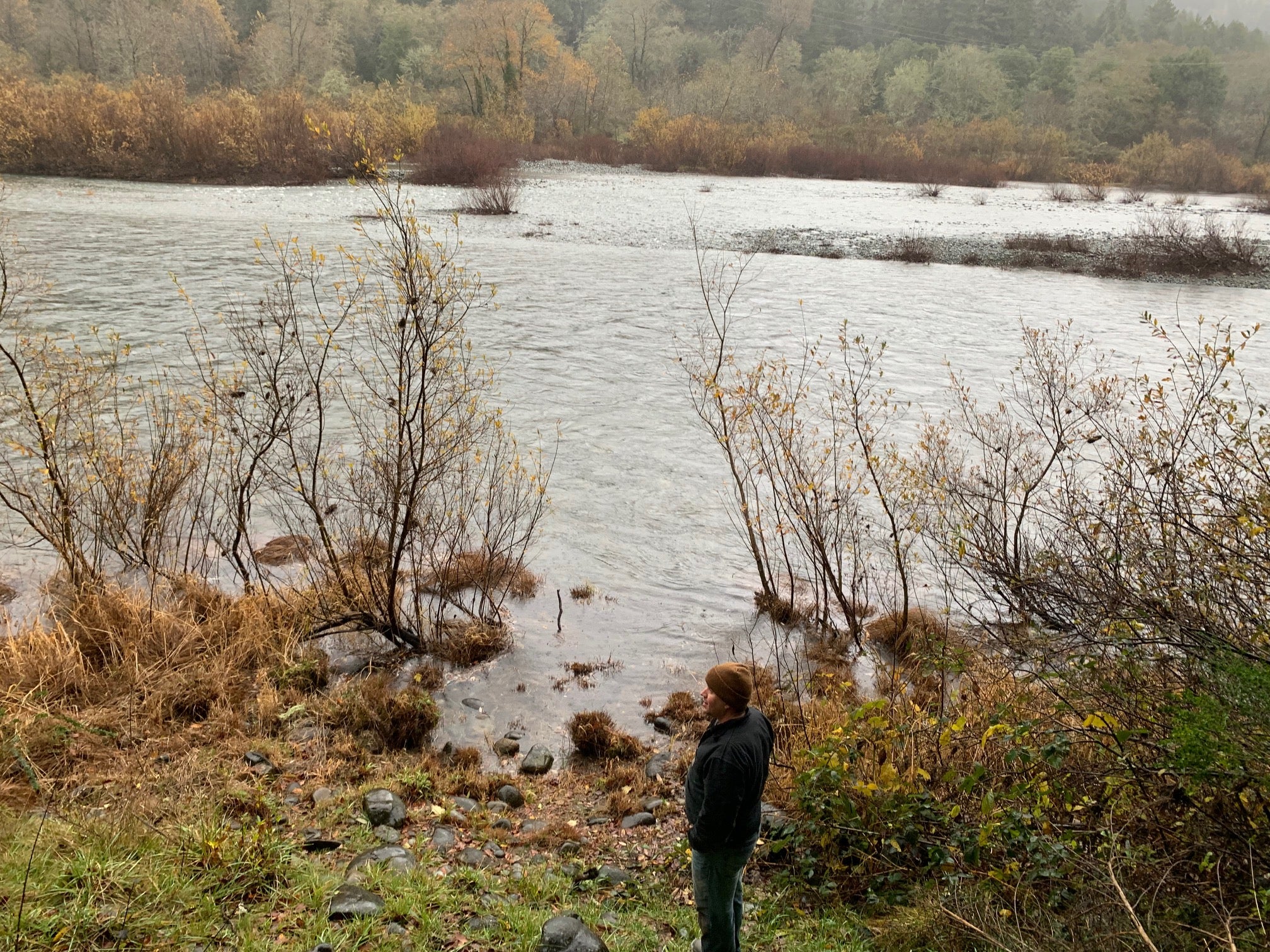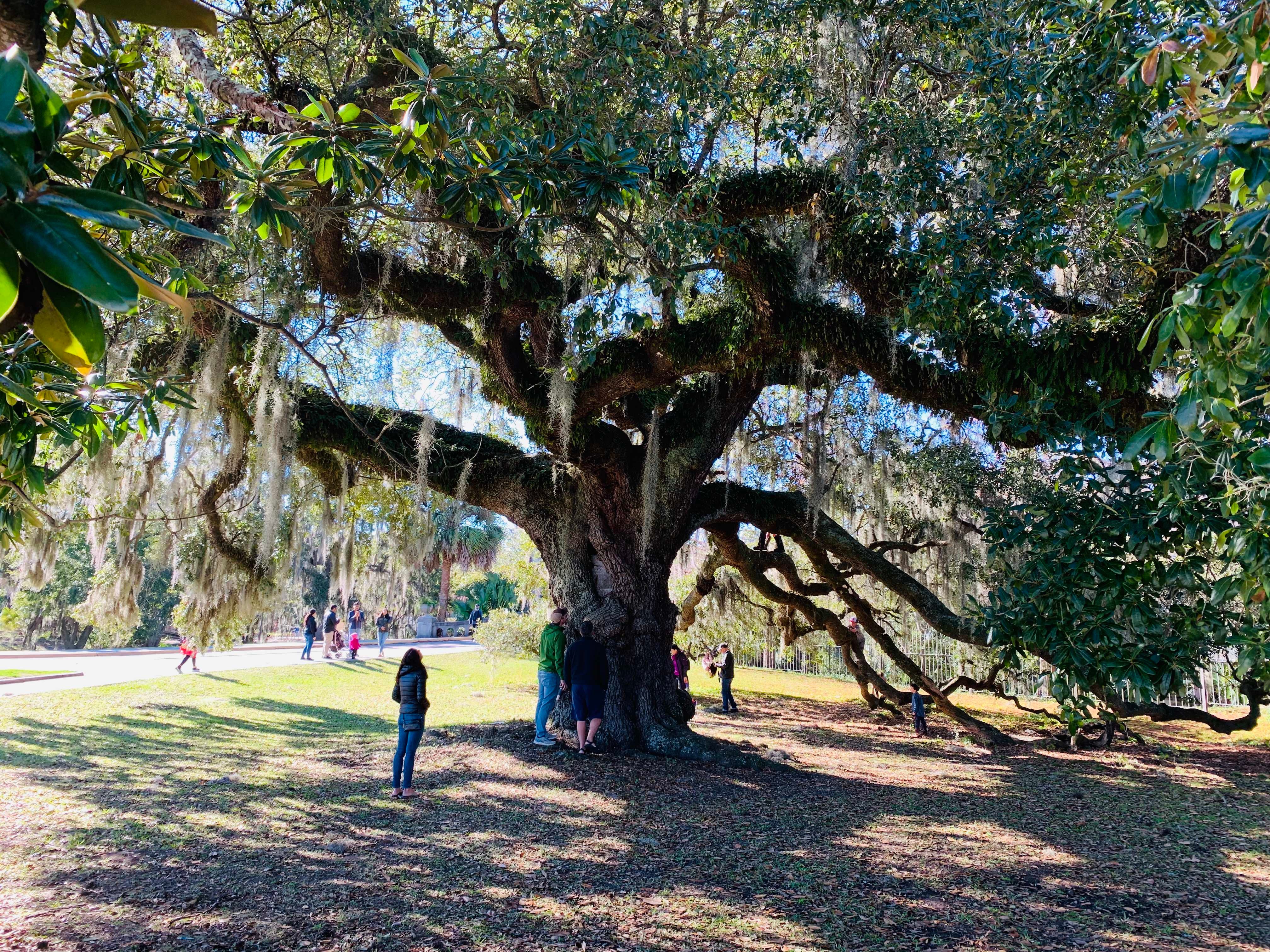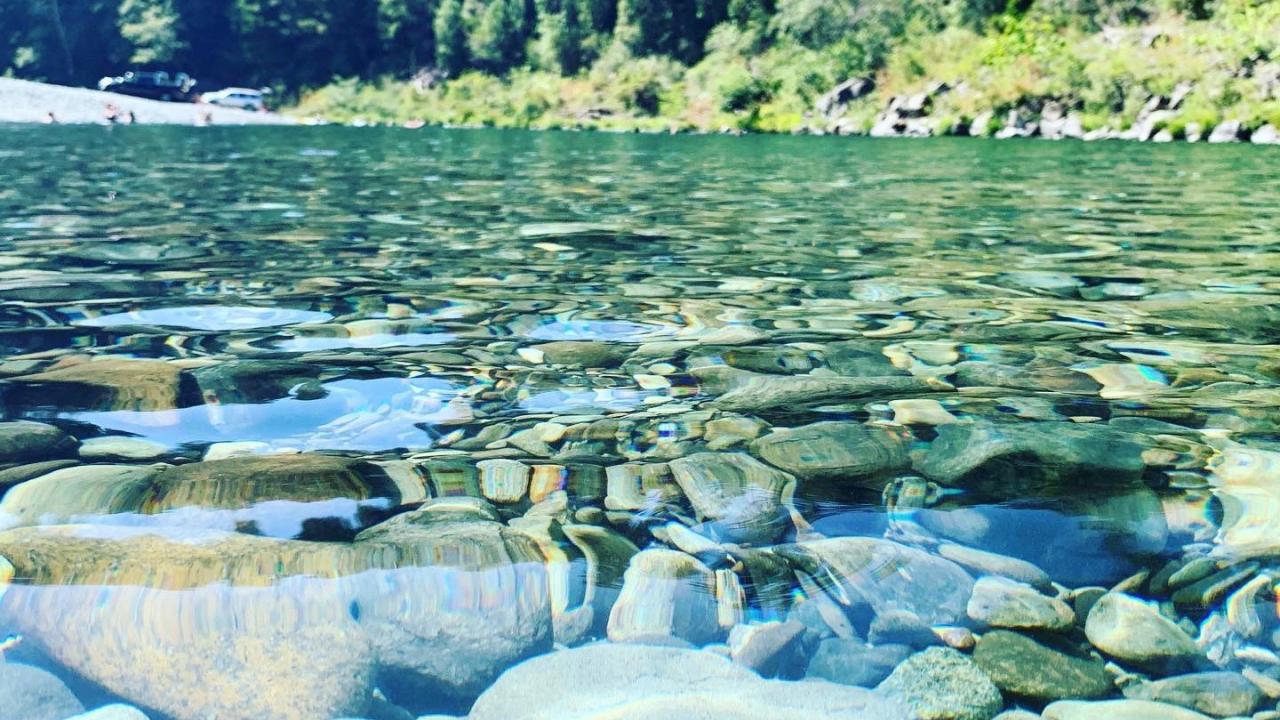My husband and I fell in love a couple of months ago. It was with a house by a river. This is the river that was a stone’s throw away when we were engaged 13 years ago. The river we’ve brought our children to every summer of the past decade. The river I love to paint, paddle, swim in and stare at. This place could be our forever home.
The house is where I spent my first night after moving to California 15 years ago. It belonged to my boss, the editor of the town’s daily newspaper. He left years ago. When the house popped up for sale, my husband and I started to dream, penciled out some numbers and were stunned to realize we might just be able to make it happen.
One of the reasons we love the place is how close it is to the river. Looking at the realtor site I thought, “Hmmm, maybe that river is a little too close.” But my former boss had never had flooding issues and I didn’t recall it being a problem. I shrugged and went back to searching “cabin décor” on Pinterest.
A couple weeks later when we visited the place, we stood on the gravel bar below the property, my husband’s eyes all wild and dreamy looking across the water, and he said to me, “You know, I think our biggest concern with this place is that we’ll never want to leave it.”

He was wrong.
The biggest concern is it is smack dab in the middle of the floodway. Not just a 500-year or 100-year floodplain. The. Flood. Way. Like, if a flood were to occur of any significance, this is where it would go. I found this after doing what I should have done immediately: looked at the FEMA flood map for the home’s address.
Granted, the neighborhood hasn’t flooded since 1964, before it was even a neighborhood. But it did flood. And if there’s anything I’ve learned by writing about the environment for 20 years, and accompanying UC Davis flood experts like Nicholas Pinter to rivers across the U.S., it’s that if it’s a floodplain, flooding is a matter of “when” not “if” — and it will likely happen sooner than expected.
Expert advice
I used an already scheduled coffee chat as an opportunity to show Pinter a printout of the FEMA map of the property, hoping beyond hope that I had somehow misread it, or that he would tell me it probably wasn’t that bad. Keep in mind, Pinter is a man who has spent the better part of his career guiding people away, not toward, living on floodplains.
Me: So, I’m considering buying riverfront property.
Pinter: [Grimace]
Me: I know, you thought you taught me better. Here’s the map. [Map shown with hash marks running right through property.]
Pinter: Kat… [Shakes head in dismay. Furrows brow.]
Me: I’m in that “in love” stage where heart is overriding head. We probably won’t get it, but I thought I’d show you while I have you here.
Pinter: [Pauses.] Look, you have to ask yourself, are you ready to drop everything and move everything to the attic whenever a big storm is coming? Are you willing to go up after a flood and muck it out, with all the mud and the stench? Are you ready to lose the house?
Great questions. Ones that made me even angrier at climate change than I was before. Even without climate change, that house would be risky; with it, we’d almost surely be mucking it out of the mud eventually. Atmospheric rivers that bring large amounts of rain at once are among the many weather events expected to intensify with climate change in the coming years.
Mapping risk
I started to look at just where I could live in this state that has the beauty and nature I so strongly crave in my suburban household existence but that isn’t vulnerable to disaster. I overlaid maps of California’s earthquake, wildfire and flood zones and the answer was: Not many. Certainly very few places I could afford.
Still lovestruck, my mind went into a rather whiny rationalization and validation mode: Well, if all of these people live in these risky places and aren’t agonizing over it, why shouldn’t I be one of them? (Yes, I hear myself.) Should all the people of Miami, Houston, the Caribbean, every coastal city on the planet just not live there? Or maybe we could raise the house? Or if it floods, maybe we could build a cool, livable treehouse and Airbnb it—does flood insurance cover that? (This is called grasping.)
I went online and found exactly zero stories, threads or tweets of people saying it was totally worth it to buy property within a floodplain. Meanwhile, there were hundreds of comments warning against it.
My sister and her husband just bought a home in the Bay Area. It’s a renovated A-frame in the hills, surrounded by trees. Lovely. And totally at fire risk. But given they both like and want to keep their jobs and friends, they don’t have much choice but to buy insurance and hope for the best.
Luckily, I don’t have to buy our dream house by the river. It’s a choice. But we all need a place to live, and the choices are becoming more limited in this state and others especially vulnerable to climate change.
As you may have guessed, we decided not to buy the river house. I haven’t given up on the idea of living within earshot of a river someday, but my home will have to be elevated and out of the flood zone.
Impermanence
The proposition did make me think in a very personal way about climate risk, resiliency and how I feel about impermanence.
“I just need it to last 50 years,” I found myself thinking when the realtor’s documents for an offer were still on my kitchen countertop. But really, there is no way to guarantee permanence for anywhere I can imagine living. Not my current home and certainly not my dream one.

I recently stood under an 800-year-old live oak in New Orleans, a city slowly sinking back into the ocean. That tree emerged while Genghis Khan was coming to power. It lived among the native Chitimacha people, held strong as the French, Spanish and Americans laid claim to its land, and grew within earshot of a new music—jazz—rising out of the French Quarter. It absorbed the waters of Katrina and patiently watched as people started taking selfies in front of its curving limbs. It’s as permanent as anything my eyes can take in and yet it, too, will be gone soon.
The Earth will go on forever, in one form or another. But it is changing, and we’ll somehow need to be both open-eyed and resilient to where it wants to take us.
Media Resources
Kat Kerlin is an environmental science writer and media relations specialist at UC Davis. She’s the editor of the “What Can I Do About Climate Change?” blog. @UCDavis_Kerlin
